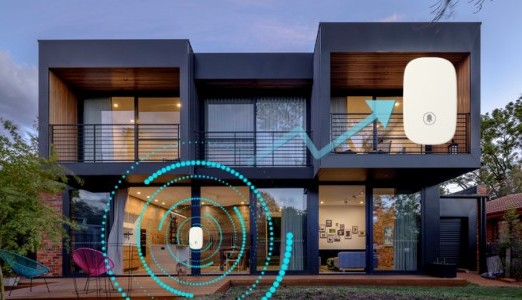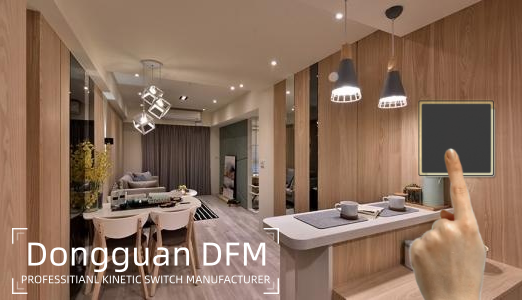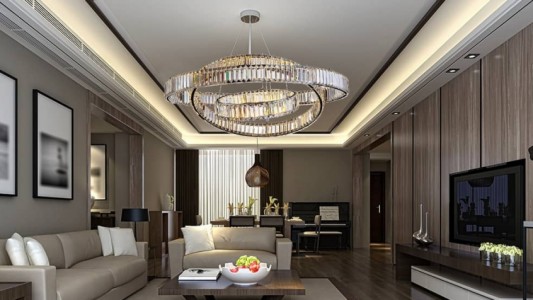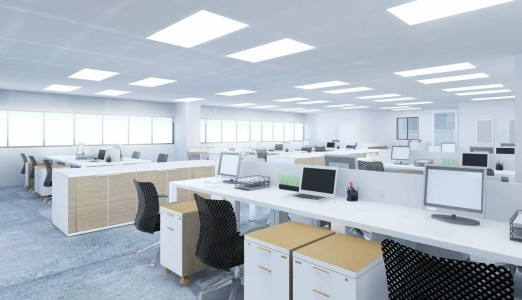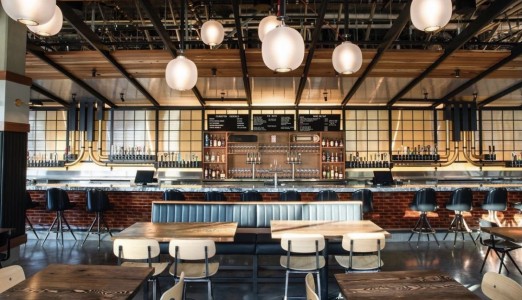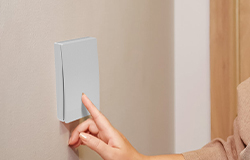The market for automation products is currently growing rapidly. We specialize in connecting automation with classic functions such as lighting, blinds and temperature control. Digitalization is a megatrend that is now making its way into the construction industry as well.

Building data for new services
It is important to use a variety of sensors to collect data far beyond this, which can enable entirely new services. This does not only apply to new buildings. Existing buildings can also be easily retrofitted into smart buildings. Wireless sensors that communicate with gateways via radio are the basis for realizing smart living.New and useful functions that are currently being addressed are important, especially for office buildings, including the optimization of space and room use, more efficient and transparent cleaning of buildings, and the optimization of the use, utilization and maintenance of equipment and systems. This is where sensors report, for example, whether office areas are actually being used and with what intensity, and whether meeting rooms or flexible workplaces are being occupied.
In the smart home, wireless control integrates with other smart devices and systems to create a connected ecosystem. Users can manage their lighting fixtures through mobile apps or voice commands, controlling individual lights or creating customized lighting scenes for different activities. Whether it's adjusting the lights in the living room on movie night or setting a gentle wake-up routine in the bedroom, wireless control enhances the convenience and comfort of modern living.
Considerations and future trends
While wireless control of lighting fixtures offers many benefits, there are certain considerations that need to be taken into account when implementing the technology. Understanding these factors can ensure a seamless experience and set the stage for future advancements in wireless control.
Compatibility and interoperability are important considerations. As the market offers a variety of wireless control solutions, it is important to ensure that the chosen system is compatible with existing devices and platforms. This ensures smooth integration and allows lighting fixtures to be easily controlled through preferred control interfaces such as smartphones, tablets or voice assistants. In addition, interoperability between different wireless control systems allows for extended functionality and the potential to merge other smart devices.

 CN
CN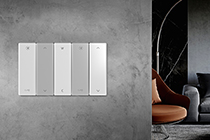
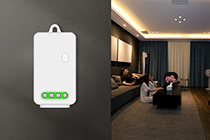

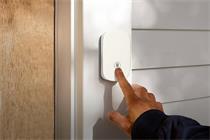

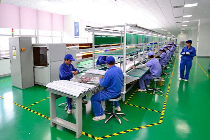



 Home
Home DFM
DFM  Jul 22,2023
Jul 22,2023 
 How can self-powered switches be used in life?
How can self-powered switches be used in life? 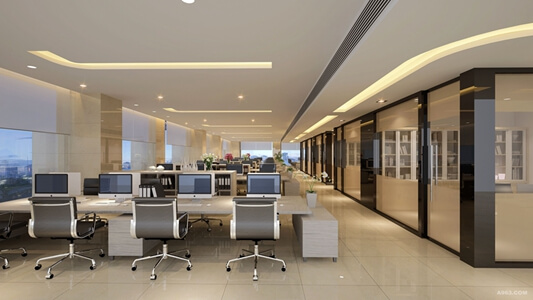
 Jul 10,2023
Jul 10,2023 
